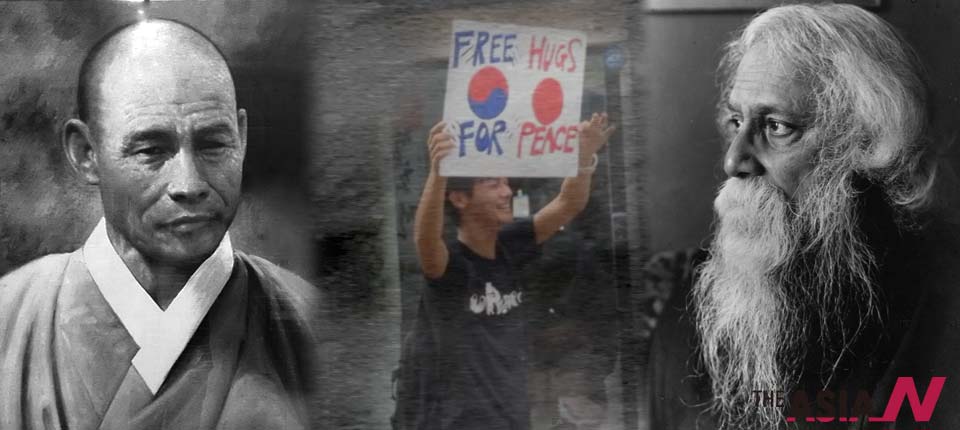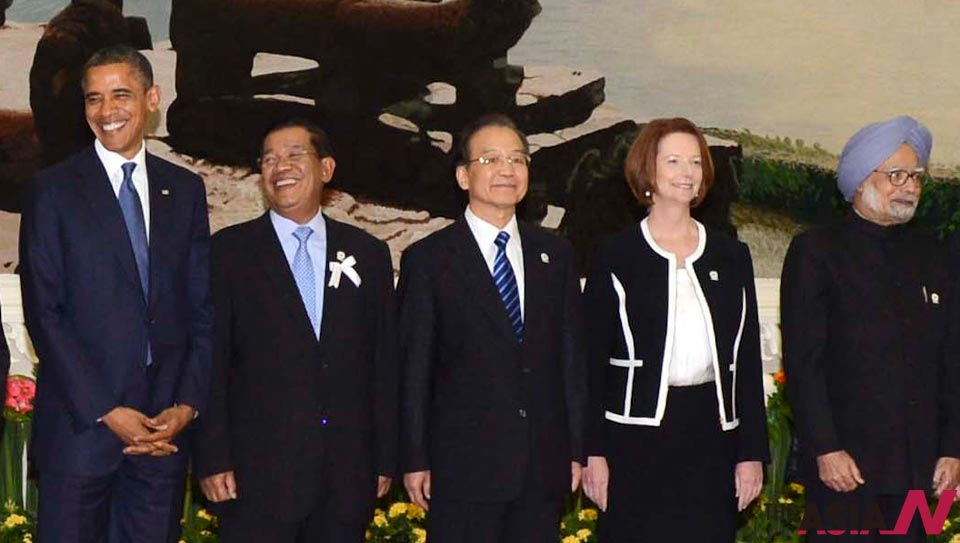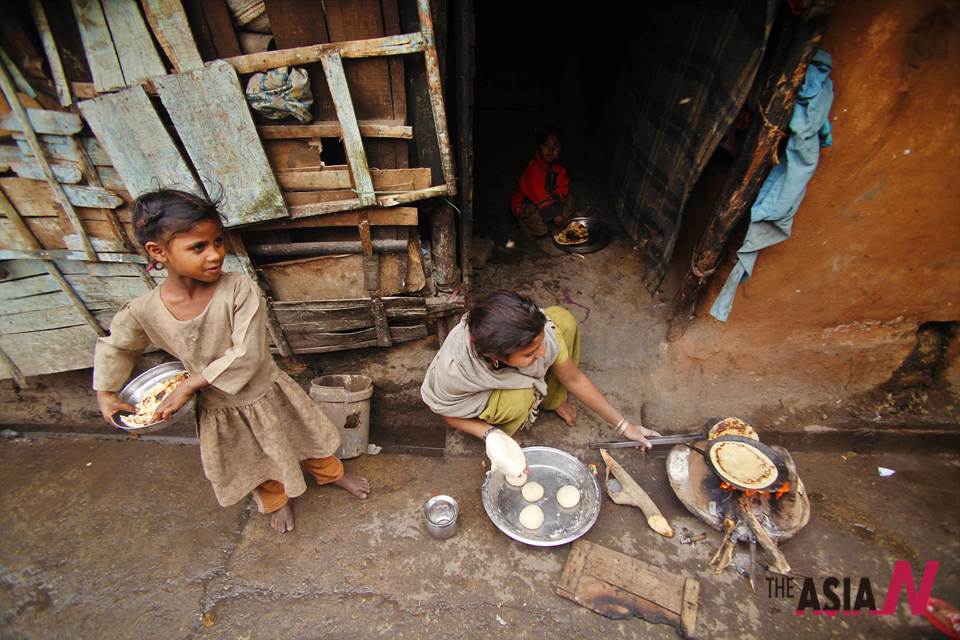
Can India’s government empower its people?
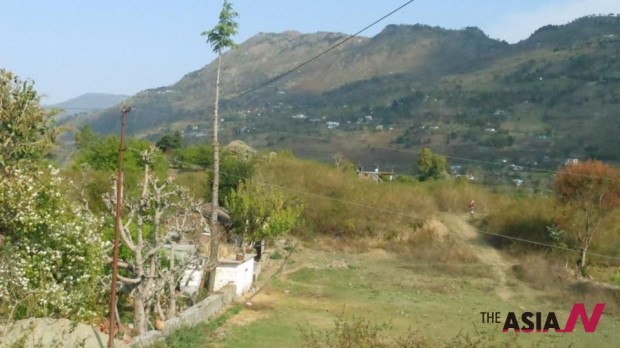
Commercial forestry: A legacy of British rule
The Indian politician and the bureaucrat have struggled for the past 65 years to shed the legacy and the mechanisms of British rule and empower the people but have failed…why?
As is well known across the world, the regimes of the newly born independent countries, breaking out of the British rule in the late 40s, did little to change the essence of British style of ruling the nations. Even though they claimed to be democratic societies, most nations retained the police, judicial and bureaucratic framework that the British had placed to their convenience to rule over the native.
The shrill rhetoric of “empowering the people” in India has continued to this day. There are hundreds of areas of governance that have not been addressed in the past 65 years. Management of forests and the rights of the local communities on forest produce is one such domain.
Under the British, colonial forestry has had serious negative consequences. The impact on native forest communities was overwhelmingly damaging. It caused irreparable environmental damage. The impact on livelihood of communities who subsisted on forests was most severe during the British period and continues to be so even today.
During the British period, environmental movements by local people in the Himalayan region were responses to the forest policies that resulted in tightened state control, restricting hunting, timber use and grazing.
In independent India, the same policy became the role model for forest management thus ensuring its insidious continuity. Even today, species chosen for new plantations are only for harvesting commercial timber for revenue…..completely devoid of any concern for the needs of firewood, fodder and water resources of the forest communities living in the Himalayan region.
An elaborate document, signed by the then Secretary of the Ministry of Environment & Forests in 1988, was called “National Forest Policy”. Though very thoughtful and rational, the document is replete with the word “should”. At best, it can be considered a good essay written by an undergraduate for an examination.
However, the document does acknowledge, “Having regard to the symbiotic relationship between the tribal people and forests, a primary task of all agencies responsible for forest management, including the forest development corporations, should be to associate the tribal people closely in the protection, regeneration and development of forests as well as to provide gainful employment to people living in and around the forest. While safeguarding the customary rights and interests of such people, forestry programmes should pay special attention to the following…”
Much has changed in the past sixty odd years. In the absence of any accountability and reprimand, the bureaucrats have become comfortable with the perks and the big title jobs they hold, with little efforts in thinking out of the box. They continue to look at the people who “know nothing” and “need to be told what is good for them” – without realising that the internalised traditional knowledge about natural resource management within the communities may not be passed on to the next generation, unless it is first respected by the Government.
Women in the Himalayan villages have always had a hard life collecting fuel-wood, fodder and water from long distances. In 70s, they walked for a just and hour every day to the forests for lopping trees for fire-wood and collecting fodder for the cattle and of course, the natural water springs were flowing round the year.
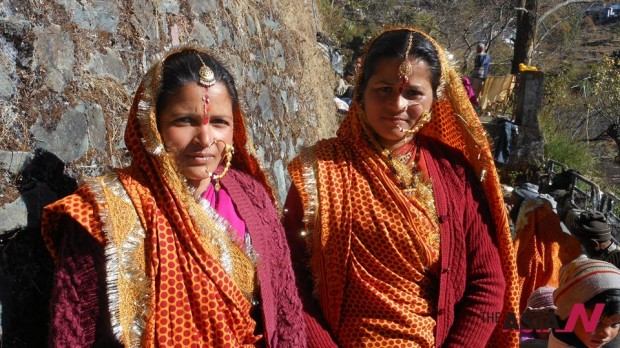
While the forest department continues to plant species for commercial timber needs in the name of increasing forest cover…the life of women has increasingly become more and more difficult. Today, a woman in a Himalayan village walks for nearly four to six hours collecting fuel-wood, fodder and water, leaving little time for agriculture.
Appropriate forest cover has impacted adversely on mountain farming systems in terms of food security and poor hydrological recharge. Reduced food security has led to significant out‐migration of young and educated youth, in order to supplement family incomes, leading to severe strains on local societies where significant responsibilities have to be borne by women and the elderly alone.
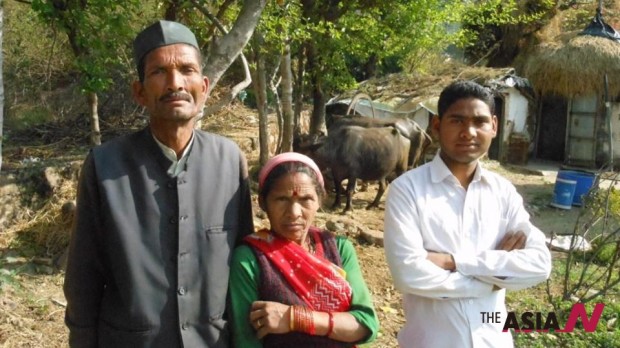
Migration is having a negative impact on the psycho‐social health of the communities. The elderly members of this basin are facing major hardships. with no help for domestic chores or during times of illness, leading to conditions of severe mental depression.
The impact of global climate change has made their life much tougher in the past two decades. The micro-climate has changed leading to depleted water resources, regeneration of plants and grasses has become slower…generally, the Himalayan village communities are at a cross road.
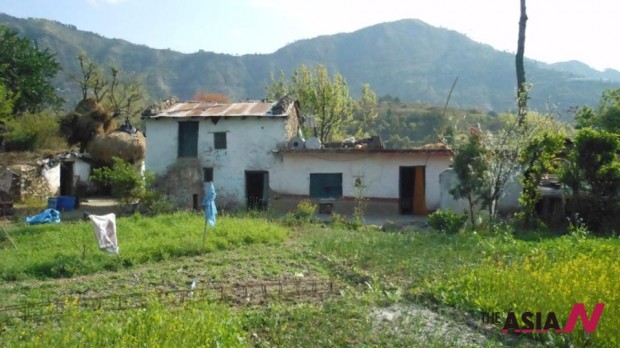
The forest department is aware of the fact that the only way out is agro-mix forestry in village forests lands closer to their villages. Essentially, this will need “Participatory Governance,” it needs an awareness raising campaign about the adverse impact of climate change and above all it needs empowerment of women, who have suffered the most and are likely to continue to suffer even more in the coming decades.
Only if there is political will and if there is an affirmative sense of urgency within the bureaucrats can anything change on the ground.
People lived in the Himalayan villages even before the British came, even before we became independent and even before the clamour for power took centre stage in modern India. They passed on the traditional wisdom of their elders from generation to generation, they did not need to buy grain, they depended on the herbal medical systems, managed their traditional water resources.
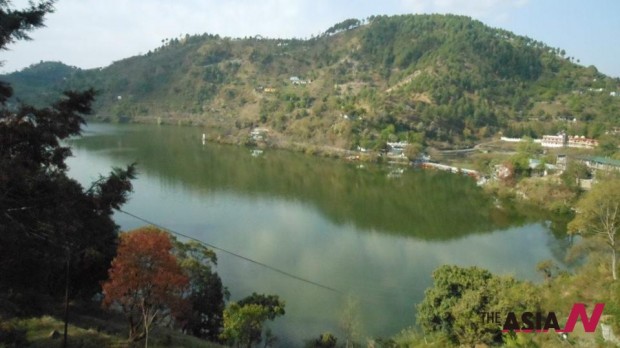
In recent years, issues of governance in India have become more complex. The government has become more and more concerned about urgent matters like rampant corruption, economic downturn and lower industrial production…in this scenario, matters of environment and impact of climate change have been pushed to the backburner.
At this time, India not only needs a long vision that peeps into the future, it needs to empower and energise the people and take them along in nation building. India needs the help of her own people in participating in governance.
The question then is, is the Government ready to share power by empowering the people in this unstable political environment?
For a detailed historical perspective, please view “ON THE FENCE”, 29 mts.





